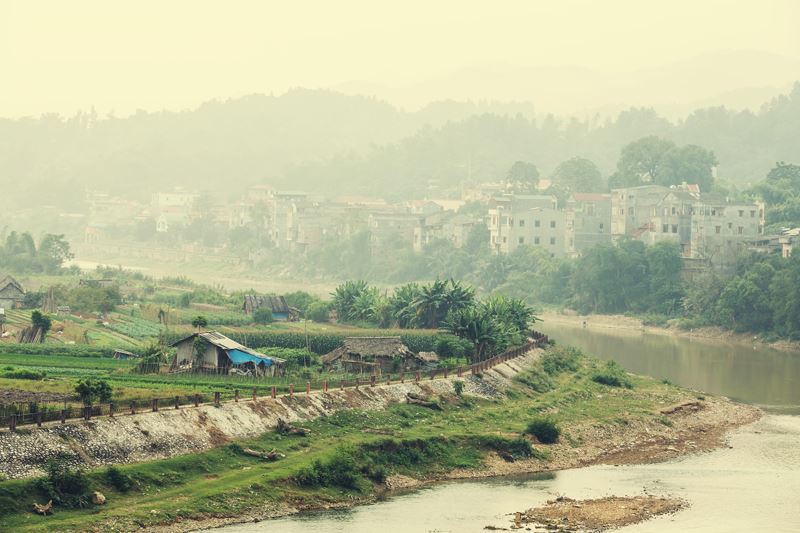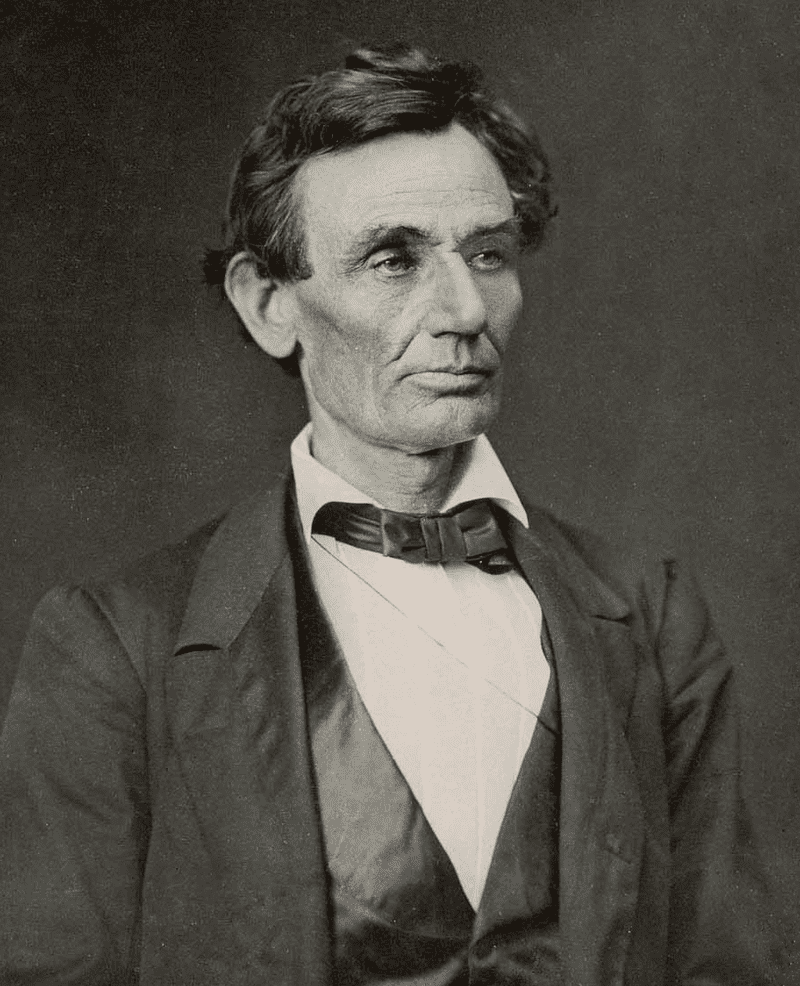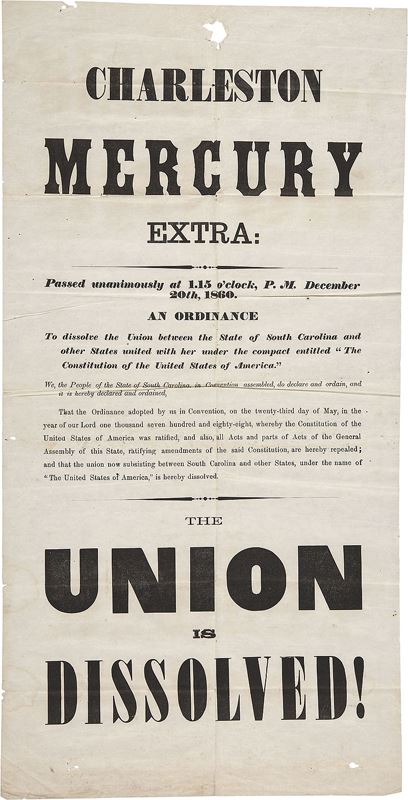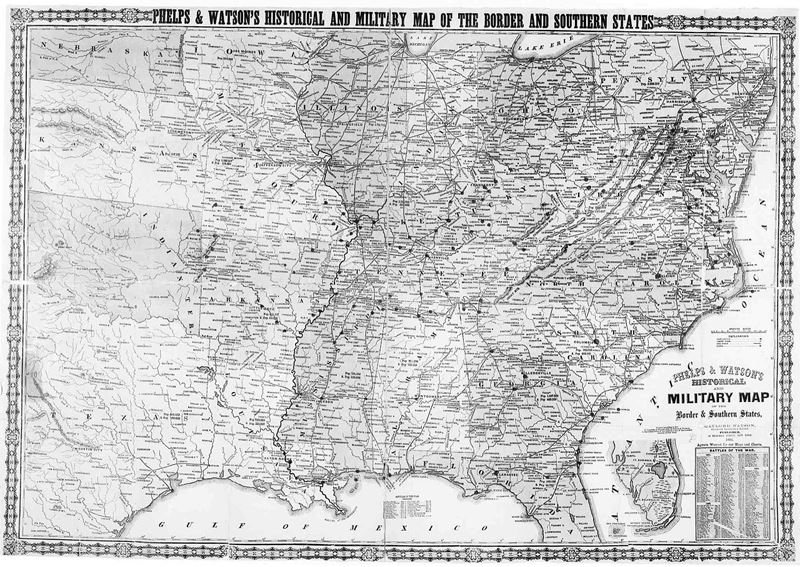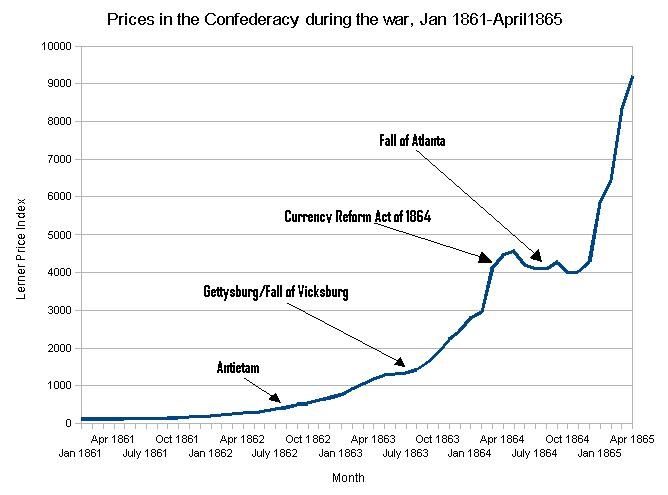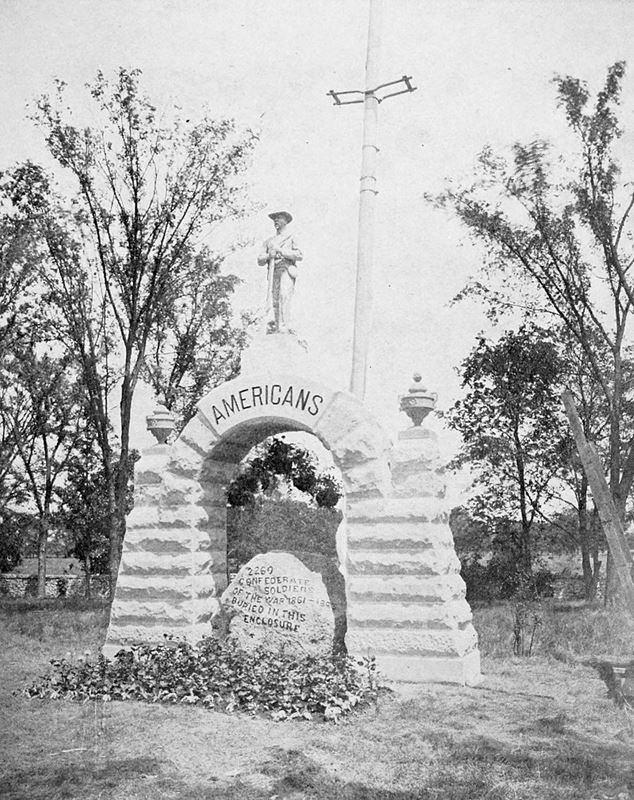Diệm’s road to political power began in July 1954 when he was appointed the Prime Minister of the State of Vietnam by former Emperor Bảo Đại, who was Head of State. Bảo Đại disliked Diệm but selected him in the hopes that he would attract United States aid, but the two became embroiled in a power struggle. The issue was brought to a head when Diệm scheduled a referendum for October 1955, which was rigged by his brother Nhu, and proclaimed himself the President of the newly created Republic of Vietnam. He proceeded to strengthen his autocratic and nepotistic rule over the country. A constitution was written by a rubber stamp legislature which gave Diệm the power to create laws by decree and arbitrarily give himself emergency powers.[7] Dissidents, both communist and nationalist, were jailed and executed in the thousands, and elections were routinely rigged. Opposition candidates were threatened with being charged for conspiring with the North Vietnamese People’s Army of Vietnam, which carried the death penalty, and in many areas, large numbers of Army of the Republic of Vietnam (ARVN) troops were sent to stuff ballot boxes.[8] Diệm kept the control of the nation firmly within the hands of his family, and promotions in the ARVN were given on the basis of loyalty rather than merit.[9] Two unsuccessful attempts had been made to depose Diệm; in 1960, a paratrooper revolt was quashed after Diệm stalled for negotiations to buy time for loyalists to put down the coup attempt,[10] while a 1962 palace bombing by two Republic of Vietnam Air Force (RVNAF) pilots failed to kill him.
South Vietnam’s Buddhist majority had long been discontented with Diệm’s strong favoritism towards Roman Catholics. Public servants and army officers had long been promoted on the basis of religious preference, and government contracts, US aid, business favors, and tax concessions were preferentially given to Catholics.[11] The Catholic Church was the largest landowner in the country, and its holdings were exempt from land reform (i.e., appropriation). In the countryside, Catholics were de facto exempt from performing corvée labor, and in some rural areas, it was claimed that Catholic priests led private armies against Buddhist villages. In 1957, Diệm dedicated the nation to the Virgin Mary.[12][13][14]
Discontent with Diệm and Nhu exploded into mass protest during mid-1963 when nine Buddhists died at the hand of Diệm’s army and police on Vesak, the birthday of Gautama Buddha. In response, the US government was concerned that it might be “impossible for the Diem/Nhu government to succeed and for us [the United States] to continue to support them.” The response by Ambassador Frederick Nolting was, “We should take it slow and easy and see if we can live with the Diem government.”[15] As a result of this potential inability to support the Diem/Nhu government, the United States government discussed a proposed coup. In a telegram to the American Embassy in Saigon, Mr. Hilsman expresses that at some point should we need “political liquidation” we should also “urgently examine all possible alternative leadership and make detailed plans as to how we might bring about Diem’s replacement if this should become necessary.”[16] In May 1963, a law against the flying of religious flags was selectively enforced; the Buddhist flag was banned from display on Vesak while the Vatican flag was displayed to celebrate the anniversary of the consecration of Archbishop Pierre Martin Ngô Đình Thục, Diệm’s brother. Many Buddhists defied the ban and a protest was ended when government forces opened fire. With Diệm remaining intransigent in the face of escalating Buddhist demands for religious equality, sections of society began calling for his removal from power.[17]
The key turning point came shortly after midnight on 21 August, when Nhu’s ARVN Special Forces raided and vandalized Buddhist pagodas across the country, arresting thousands of monks and causing a death toll estimated to be in the hundreds.[18][19] Numerous coup plans had been explored by the army before, but the plotters intensified their activities with increased confidence after the administration of US President John F. Kennedy authorized the US embassy to explore the possibility of a leadership change through Cable 243. They felt Diệm’s policies were making their allied regime in Vietnam politically unsustainable.

